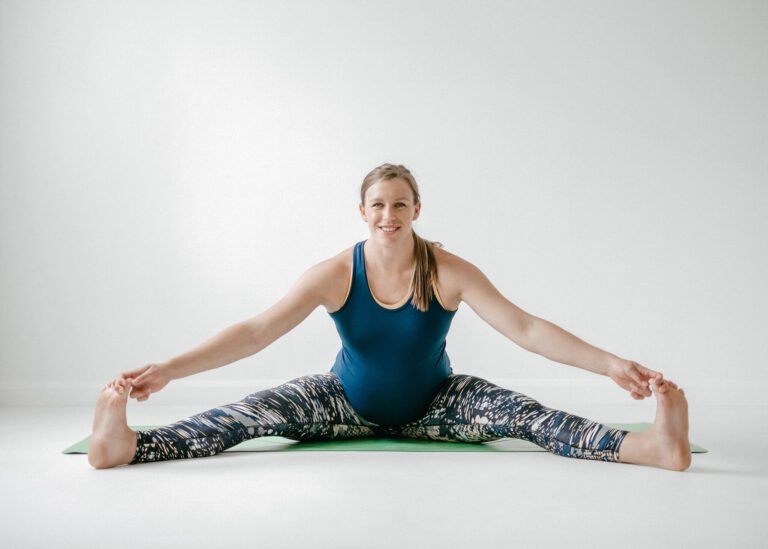Induced vs Spontaneous labour – what are some of the key physiological differences?
Induced vs spontaneous labour – what are some of the key physiological differences?
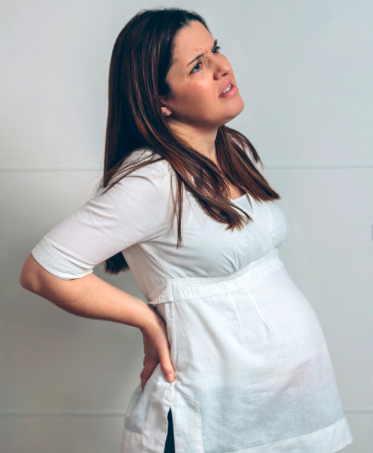
Why do I need to think about induction?
by Lisa Harris from Doula For You
The word induction often can start being swirled around quite early on in pregnancy, and you will almost definitely have friends or family members who have been induced.
Induction is when a pregnancy is ended with external intervention, rather than waiting for the mum and baby to begin the process. And inductions are on the rise. The most recent national maternity statistics show over the past 10 years there has been an increase from 23% to a whopping 33% of all pregnancies being induced. Those figures will not include membrane sweeps which are also a form of induction – and so the true number of inductions will be even higher.
This means induction is something you should start thinking about during pregnancy, because it is very likely it may be discussed or offered to you at some point.
This article will help you consider how our amazing bodies are designed to birth (aka “physiology”), and how induction may interfere with that process. You will not hear the information in this article talked about or considered within the maternity system, because birth physiology is not well respected.
Learning about how your body is designed to birth your baby will help you make decisions about what is right for you.
A lot of this article is based on the amazing work of midwife Rachel Reed.
Induction vs spontaneous labour
If you opt for an induction then you are opting out of a physiological birth (you may still have a vaginal birth of course). Induced labour is different to spontaneous labour and so we can’t apply the same principles / assumptions to both. And induction is not simply “getting things going”. This article will take you through the different phases of labour, your body’s physiology, and how induction might affect that.
Preparation (aka the end of pregnancy)
During pregnancy the baby and body both prepare for labour and birth. The baby’s brain matures to withstand the oxygen deprivation that comes with contractions, they store brown fat to give them fuel for the journey, their lungs develop ready to switch to breathing air, and make preparations to breastfeed.
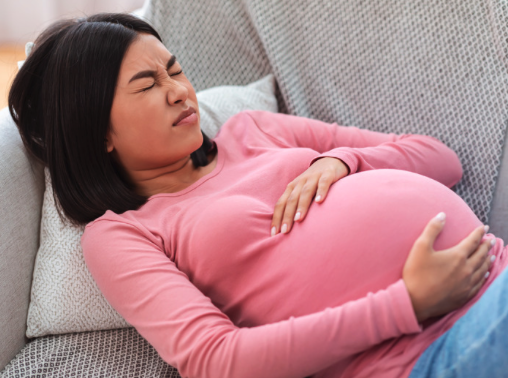
The mother’s uterus increases oxytocin receptors on her womb and in her breasts. This is particularly important for someone having their first baby (as the uterus retains oxytocin receptors from previous labours). Rising hormone levels make electrical connections in the muscular walls of the uterus to aid communication between the cells.
When is labour induced, there is no way of knowing if the mother & baby have started / where they are on their timeline of preparation for labour. They may or may not have made all the adaptations they need for the labour process and for life on the outside.
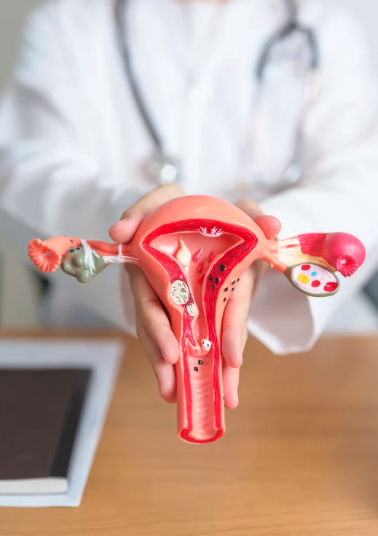
Ripening of the cervix
In a physiological labour there is a huge long list of chemicals involved in ripening the cervix, and it is a very complex process.
In an induced labour only the hormone prostaglandin is used to ripen the cervix. The first step of induction uses non-hormonal or hormonal methods to try & stimulate cramping / irritation of the cervix which can be tiring for the mother, especially if it process takes place in hospital in a bay on a shared ward.
For some women, particularly for second time mums, cervical ripening methods alone can cause the body to start contracting. This is expected in 30% of labours with a Propess pessary (NB this percentage will be lower for first time mums), and 5% of labours with dilapan rod.
Labour continuing at this point without the need for an oxytocin drip would be considered an “ideal” response to the induction process and in many ways it is – but it is important to remember this is still an induced labour with no way of knowing if mum & baby is fully prepared for the process. Therefore more vigilance is needed about the wellbeing of baby both during and after labour. You may be able to access to the midwife led unit and intermittent monitoring of the baby if labour begins with a cervical ripening method alone.
Separation phase (“early labour”):
In spontaneous labour, there is usually an early stage of labour where the body begins contracting, but does not fall into the unstoppable snowball rhythmic pattern of active labour. It can be a challenging but really important time where the mother separates from her normal life, in order to release and feel ready to birth her baby. In a spontaneous labour this part is done at home, with all the distractions, comforts and oxytocin boosters of a safe, private, undisturbed environment.
In an induction, the next step after cervical ripening is to rupture the amniotic sac (ARM). This is done as it tends to make induced contractions from an oxytocin drip more coordinated. If the mother begins contracting after ARM then she may experience a separation phase to her labour, where the body starts contracting & making preparations to enter the liminal/active phase. This might be expected in 1 in 7 first time mothers and 1 in 3-4 second time mothers
However this separation phase will take place in hospital and therefore it is harder to create an environment ideal for oxytocin, and have access to all the comfort measures & possibility to rest that you have at home.
If ARM does not lead to contractions then an induction will skip the separation stage of labour altogether. This means the mother will not get a rise in the birth hormones such as natural oxytocin, beta endorphins & prolactin. Her sympathetic (“fight or flight”) nervous system will remain dominant. The baby has less time to release cortisol and help it prepare for the liminal phase.
Liminality (“active labour”)
The molecular structure of oxytocin produced by the body and synthetic oxytocin delivered through a drip is exactly the same. However the way they are released into the body is quite different.
Natural oxytocin is released in pulses or waves into the brain and the circulation. The amount of oxytocin released is influenced by the strength of contractions, the environment around the mother, and her emotions.
Synthetic oxytocin is released into the circulation continuously via a drip. It cannot cross the blood-brain barrier and enter the brain and have an influence there. This means contractions can’t be tailored to needs of the baby or mother, as the brain can’t influence artificial oxytocin release. Therefore in an induced labour it is much more common for contractions to create fetal distress.

Fetal distress is caused by the baby getting inadequate oxygenation during contractions.
At this stage of induction this can have several different causes:
- The contractions stimulated by the synthetic oxytocin are too strong and squeeze the placenta too much which reduces blood flow to the baby
- There is no amniotic fluid around the baby to equalise the pressure from a contraction
- The baby’s head is pushed directly on cervix rather than cushioned by the amniotic sac, which can lead to swelling
- The uterus doesn’t fully relax between contractions as constant oxytocin is present, therefore the placenta can’t re-perfuse adequately with oxygenated blood.
- The contractions are too frequent, with no chance for placenta to re-perfuse between them. An induction with synthetic oxytocin aims to achieve 3-4 in 10 minutes but this may be too much for the baby to cope with (contractions may never get this frequent in a spontaneous labour).
Other effects of the oxytocin drip that may cause labour to be more complicated / difficult include:
- There is not enough space and time where the uterus is relaxed to give the baby a chance to rotate & get in good positions to pass through the pelvis. In a spontaneous labour you can get different patterns of contractions / lulls / pauses to allow time to do this.
- It is more painful: there is no build up as no “separation” phase, no chance for endorphins to build, the woman’s body does not have a chance to activate spinal cord pain relieving pathways, much less oxytocin released into the brain, there is no altered state of consciousness to keep parasympathetic nervous system dominant and no dampened neo-cortex. Medical pain relief won’t slow labour down (as it can with physiological labour), as it is being regulated by the drip not the body. Many women choose to have an epidural before the oxytocin drip is started.
During induced labour there is likely to be some natural oxytocin, and some beta endorphins. It is important to create an environment in an induced labour to release oxytocin naturally as much as possible. In some cases the body will take over and the oxytocin drip can be turned off (although this is unusual).
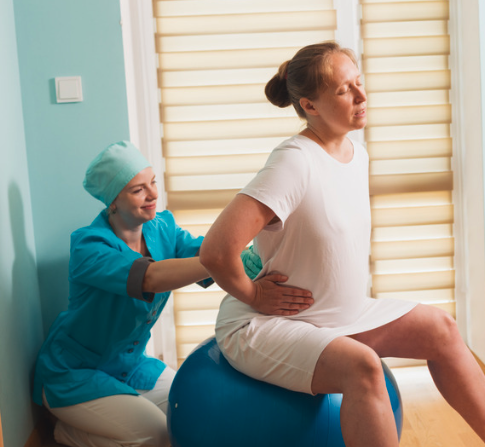
Pushing phase (“2nd stage” of labour)
In spontaneous labour, the contraction pattern usually changes during the pushing / expulsive stage of labour. When contractions come they tend to be very powerful and uncomfortable for the baby – their head is squeezed & the placenta is also squeezed. This stimulates eustress (healthy stress) in the baby and cortisol and adrenaline, and oxytocin and beta endorphins also risea. Contractions tend to space out to give baby time to recover between these powerful contractions. There can be many minutes between contractions. The baby can move and rotate in this time when the uterus is relaxed. And the perineal tissues have a chance to stretch slowly.
In induction from the oxytocin drip, there is a continuation of same pattern of contraction frequency, and this spacing is not seen. This is likely to be more stressful for baby, and give less chance for the perineum to stretch. This may lead to additional interventions such as an instrumental birth due to concerns of the baby’s heart rate dropping too low in response to reduced oxygen levels, and increased risk of tearing in the mother.
Integration (“3rd stage” of labour)
The mother’s oxytocin receptors can become saturated during an induction (very high levels of synthetic oxytocin means the receptors are down-regulated and no longer respond). This increases the chance postpartum haemorrhage as a peak response of the uterus to oxytocin is needed to expel the placenta efficiently. The baby’s lungs may not be fully prepared for breathing air. They will likely still have high oxytocin levels following an induced labour but may have more difficulties breastfeeding, particularly following an instrumental birth or unplanned caesarean. Skin to skin is very important to allow the release of natural oxytocin.
Birth outcomes when labour is induced
So does this mean that if you have an induction it won’t be possible to have a vaginal birth without assistance? No – not at all. But it is really important to be aware that birth outcomes are different to when labour starts spontaneously. It’s a bit of a complex area because standardised medical research into inductions does not always show the same outcomes as “on the ground” data from hospitals. But the most recent NHS data for birth showed.
For all women who had a full induction (called a combined induction in the NHS data):
- 53% women gave birth vaginally without assistance
- 17% had instrumental (assisted) births (such as forceps or ventouse)
- 29% had emergency caesarean sections
For women who had a spontaneous onset of labour:
- 71% women women gave birth vaginally without assistance
- 14% had instrumental (assisted) births
- 13% had emergency caesarean sections
NHS statistics acknowledge that their own numbers don’t quite add up! – and we know interventions are higher for first time mums. It is important to remember that this gives an indication of different outcomes, but it is not controlled research. This means, for example, that some of the reasons women were induced may increase the likelihood of some of the outcomes happening too.
How can I decide whether to be induced?
As I explained at the beginning, the science behind this article isn’t going to be talked about in your hospital appointments, and it isn’t going to factor into medical advice when it comes to your induction. Research isn’t done into many of these areas, and so you will have to go with your instincts in terms of how advantageous you think it is to have a physiological labour and how you can best ensure this is supported. There are some fantastic resources if you want to make a decision about induction such as Sara Wickham’s “In your own time”, Rachel Reed’s “Why induction matters” and AIMS “The AIMS guide to inductioin of labour”.
It will be true for some that induction of labour is the best choice for you and your baby. But realistically it’s not going to be the case that only 43% of women can safely go into spontaneous labour as the most recent NHS statistics show. So you need to be wise, and among other factors that you weigh up to make your decision: I hope this insight into how your body is designed to labour and how induction might impact that will help you. Good luck!
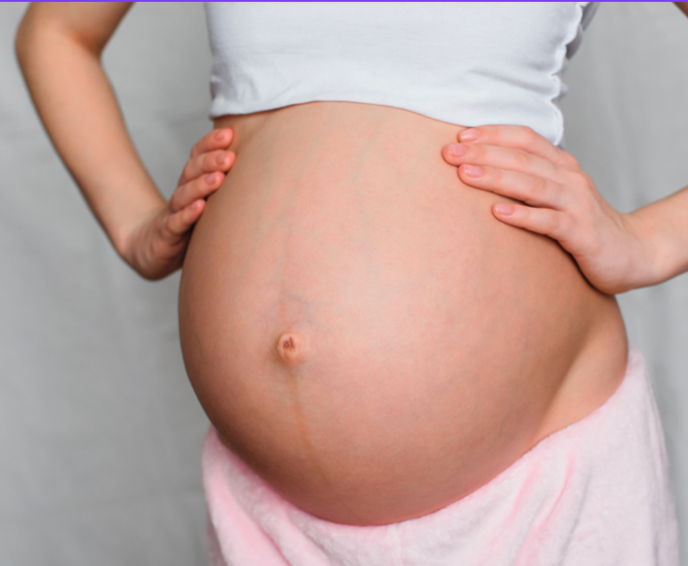
References:
https://digital.nhs.uk/data-and-information/publications/statistical/nhs-maternity-statistics/2022-23
https://flipbooks.leedsth.nhs.uk/LN000726.pdf
https://www.rachelreed.website

Visit Website
Instagram
Spotify
Lisa Harris – Doula
Lisa is a certified birth and postpartum doula based in South West London. A typical birth doula package includes: antenatal education sessions to help parents feel confident and ready for birth; In person labour & birth support including physical, emotional, informational support & advocacy; postnatal support with infant feeding, newborn baby care and the making the adjustment to parenthood. She is also qualified to teach hypnobirthing and support parents who have had a difficult previous birth experience using the three step rewind technique.
Read more from Pregnancy Pal
-
The Virtual Doula Changing How Modern Families Prepare for Birth
When Charlotte Butterworth-Pool launched The Smart Doula nearly two years ago, she didn’t set out to reinvent what birth support could look like. However she did want to help a few expectant parents navigate the confusing tangle of maternity guidelines in the UK. What she didn’t expect was that her approach, entirely virtual, deeply evidence-based, and available by…
-
5 Ways Yoga Can Help You Prepare for Birth
Yoga is not just a physical practice; it’s a philosophy that emphasises the mind-body connection with breathing techniques and meditation, each offering numerous benefits for both physical and mental well-being. When applied to pregnancy, yoga offers a holistic approach to preparing for childbirth, including teaching movements and positions that can make labour more comfortable and…
-
The Ice Cream Farm, Cheshire – A sweet adventure with a sweet price.
Imagine a place where award-winning ice cream meets incredible family fun – all in one magical setting. Samantha Bevington explores Cheshire’s The Ice Cream Farm.


